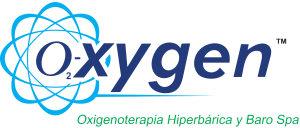Non-Surgical Facial Rejuvenation
Ideal Patient
•Daily supervision
•Liquid diet during convalescence
•Use of anti-inflammatory medications
•Use of antihistamines
•Prophylactic use of antibiotics?
•Activity restrictions
•Written post-treatment recommendations
Risk factors
Bronchial Asthma
Heart Disease (Cardiopathy)
Keloid Scarring
Poorly Controlled Diabetes
Glaucoma
Lupus, Dermatomyositis
Kidney Disease (Nephropathies)
Immunocompromised Patients
Acute Infectious Processes
Intercurrent factors that reduce treatment effectiveness.
•Smoking
•Alcohol consumption
•Facial expressions
•Chewing
•External pressure
•Infection
Recommendations for Better Results
•Patient selection
•Reasonable expectations of results
•Patient education about the treatment
•Individualized treatment planning
•Conservative approach
•Personalized treatment adjustments
•Medical evaluation
•Use of supervised sedation
Immediate and delayed sequelae.
•Persistent facial erythema
•Telangiectasia and marginal lines
•Hypersensitivity and reactivity of treated skin
•Milia
•Transient granular reaction
•Post-inflammatory hyperpigmentation
•Hypertrophic and retractile scars
•Keloid scars
•Reactive hypomelanosis
•Dermal fibrosis
Most common complications.
During the procedure:
•Idiosyncrasy to medications
•High blood pressure (Hypertension)
•Cardiac arrhythmia (Extrasystoles)
•Bronchial hypersecretion
Most common complications
During convalescence:
Pain in hypersensitive individuals
Insomnia
Eye irritation
Infection (urinary or respiratory tract)
Fracture of the stabilizing eschar
Glaucoma
